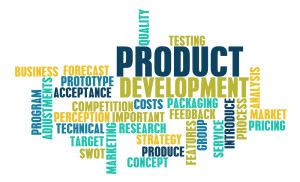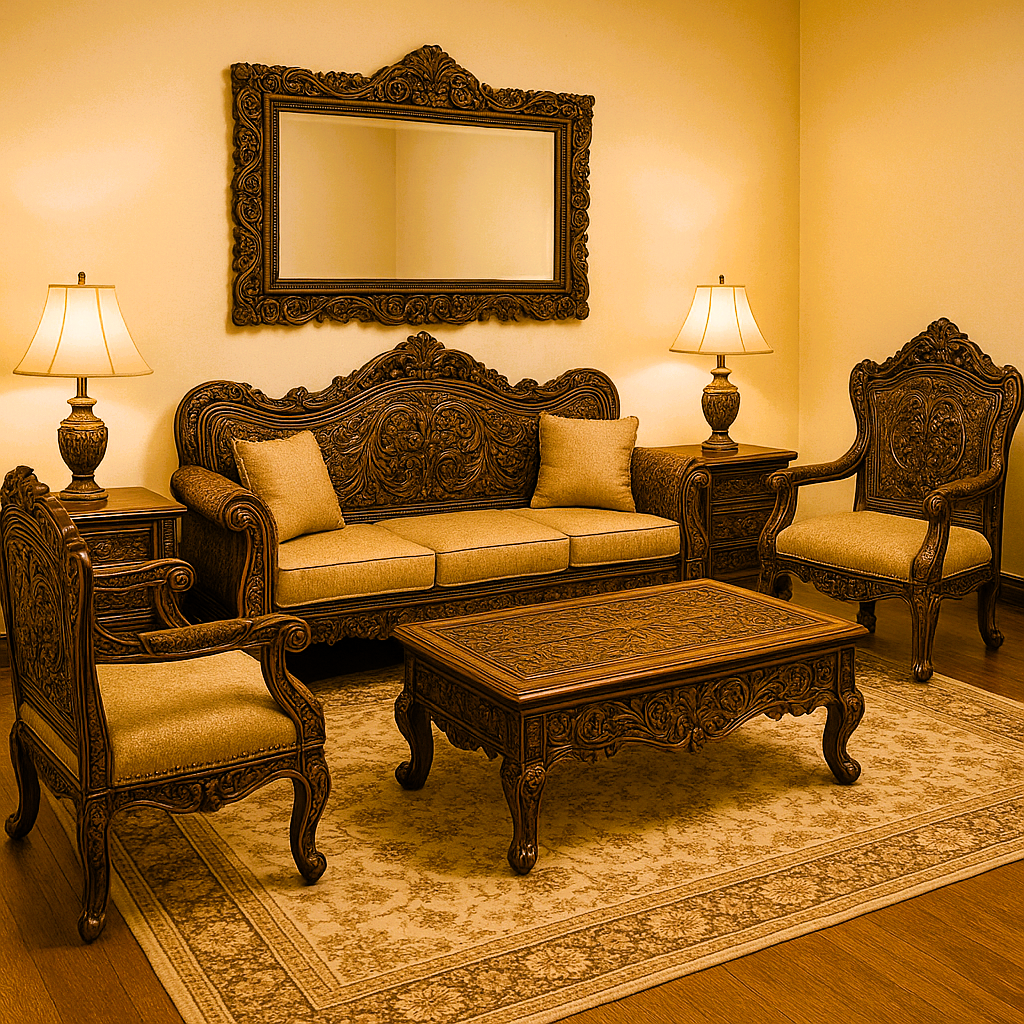Product Development
Product Development - for an idea
Product Development is an area that most of the women starting up their businesses take for granted. They assume that they are aware of all that is needed to know to make their goods. However, from the perspective of initiating a business, it is essential to have an idea and a product in mind.
The process of product development entails - idea generation - researching the idea - designing the product - trial runs - launch.
At all times we have to keep the customer in mind. There are several things that we like ourselves but it isn't necessary that customers would also prefer equally. The need is to screen out the product with the views of the potential customers. Then embark on researching the product to see how well it can be positioned in the market. Once you have an idea what customers are looking for and have researched the market for its acceptability its time to design the product with the researched inputs. Then start by making prototypes for trial runs. Always make smaller quantities to test the product and its acceptability. thereafter, plan and launch your product with a bang!!!
You can start by putting up your products on a Facebook page and sell to online customers.

Courtesy: tom-gray.com
Product Development - Resources required
So if you think that you know what is required ... not true ... remember, in business assume nothing ... work out everything in detail. We will add a 'how to' series soon where we will cover specific trades ... again, from the knowledge of real entrepreneurs.
This is a very vast field and will be covered in time. A general overview is presented here for the basic guidelines.
As you embark on this phase, make a checklist as the first thing you do. The checklist should comprise of:
|
|
Product Development - Make a Storyboard
Now make a storyboard - put it all on paper. You can make it in such a way that it can serve as a presentation board. Moving forward you would need to know how to effectively and cost efficiently put together a product that customers want and are happy with what you offer.
Product Development - Outline of the process
As we develop an extensive and comprehensive book on the topic i.e.
"The Art and Science of Product Development: A Comprehensive Guide";
a brief outline for the process of product development is given below:
I. Introduction
A. Significance of product development for women entrepreneurs
Product development plays a crucial role in the journey of women entrepreneurs, allowing them to bring their innovative ideas to life and create products that resonate with diverse audiences.
B. Overview of the book's structure and purpose
To illustrate the key stages of product development, from ideation to launch, tailored specifically for women entrepreneurs.
This book will guide women entrepreneurs through the process of developing products suitable for any gender. Each segment will provide insights and practical advice to help women entrepreneurs navigate the challenges and opportunities of product development.
II. Understanding Market Needs
A. Market research techniques for women entrepreneurs
Market research is essential for women entrepreneurs to identify unmet needs and market gaps that their products can address. By leveraging various research techniques, women entrepreneurs can gather insights to form their product development strategies.
B. Identifying target audience and their unique needs
Identifying the target audience is critical for women entrepreneurs to tailor their products effectively. By understanding their target audience's demographics, psychographics, and pain points, women entrepreneurs can develop products that resonate with their customers.
C. Analyzing competitors and market trends
Analyzing competitors and market trends helps women entrepreneurs identify opportunities for differentiation and innovation. By understanding what competitors are offering and monitoring market trends, women entrepreneurs can position their products effectively in the marketplace.
III. Ideation and Conceptualization for Women Entrepreneurs
A. Generating creative ideas
Generating creative ideas is the starting point for women entrepreneurs to develop innovative products. By fostering a culture of creativity and collaboration, women entrepreneurs can generate unique and compelling ideas that resonate with their target audience.
B. Prioritizing and refining concepts
Prioritizing and refining concepts is essential for women entrepreneurs to focus their resources and efforts effectively. By soliciting feedback from stakeholders and considering factors such as feasibility and market demand, women entrepreneurs can refine their concepts and move forward with confidence.
C. Creating user personas and scenarios
Creating user personas and scenarios helps women entrepreneurs empathize with their customers and understand their needs and preferences. By putting themselves in their customers' shoes, women entrepreneurs can design products that address specific pain points and deliver value.
IV. Prototyping and Validation for Women Entrepreneurs
A. Developing prototypes suitable for any gender
Developing prototypes suitable for any gender is essential for women entrepreneurs to ensure that their products appeal to a diverse audience. By considering factors such as usability, accessibility, and inclusivity, women entrepreneurs can create prototypes that resonate with users of all genders.
B. Conducting usability tests with a focus on user feedback
Conducting usability tests with a focus on user feedback helps women entrepreneurs identify usability issues and areas for improvement. By listening to their users and making iterative adjustments, women entrepreneurs can create products that meet the needs and preferences of their target audience.
C. Iterative design process incorporating user input
Embracing an iterative design process allows women entrepreneurs to continuously improve their products based on user input. By soliciting feedback early and often, women entrepreneurs can create products that deliver exceptional user experiences and drive customer satisfaction.
- Home ›
- Starting-Up ›
- Business Models ›
- Product Development ›
- Supply Chain Management


